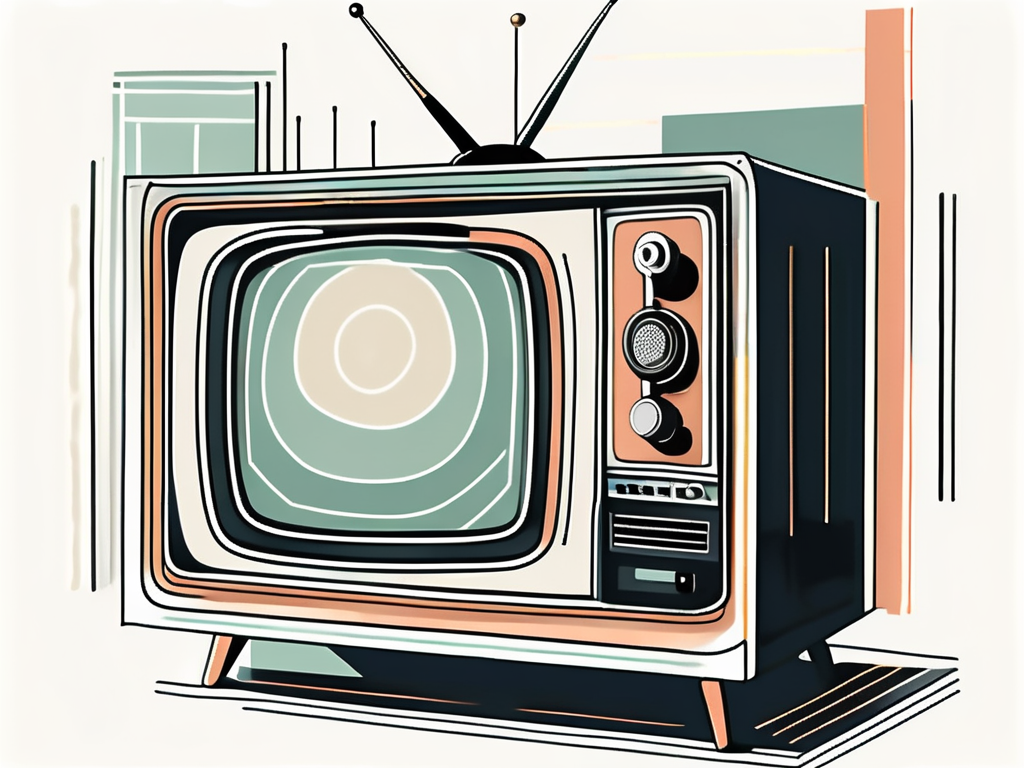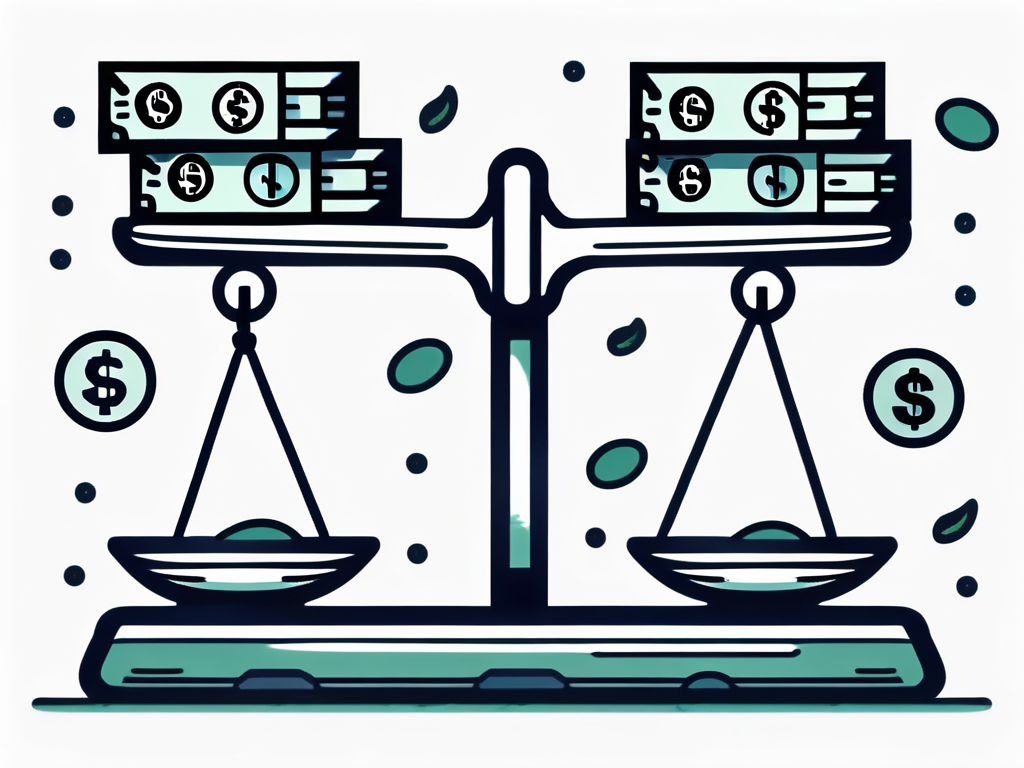Understanding the Cost of an Advert on TV

HOW TO MAKE AN AMERICAN COFFEE?
Lorem ipsum dolor sit amet, consectetur adipiscing elit lobortis arcu enim urna adipiscing praesent velit viverra sit semper lorem eu cursus vel hendrerit elementum morbi curabitur etiam nibh justo, lorem aliquet donec sed sit mi dignissim at ante.
- Neque sodales ut etiam sit amet nisl purus non tellus orci ac auctor
- Adipiscing elit ut aliquam purus sit amet viverra suspendisse potent
- Mauris commodo quis imperdiet massa tincidunt nunc pulvinar
- Excepteur sint occaecat cupidatat non proident sunt in culpa qui officia
ADDING WATER TO COFFEE
Vitae congue eu consequat ac felis placerat vestibulum lectus mauris ultrices cursus sit amet dictum sit amet justo donec enim diam porttitor lacus luctus accumsan tortor posuere praesent tristique magna sit amet purus gravida quis blandit turpis.

POURING COFFEE INTO THE WATER
At risus viverra adipiscing at in tellus integer feugiat nisl pretium fusce id velit ut tortor sagittis orci a scelerisque purus semper eget at lectus urna duis convallis. porta nibh venenatis cras sed felis eget neque laoreet suspendisse interdum consectetur libero id faucibus nisl donec pretium vulputate sapien nec sagittis aliquam nunc lobortis mattis aliquam faucibus purus in.
- Neque sodales ut etiam sit amet nisl purus non tellus orci ac auctor
- Adipiscing elit ut aliquam purus sit amet viverra suspendisse potenti
- Mauris commodo quis imperdiet massa tincidunt nunc pulvinar
- Adipiscing elit ut aliquam purus sit amet viverra suspendisse potenti
HANDLING THE INFUSION
Nisi quis eleifend quam adipiscing vitae aliquet bibendum enim facilisis gravida neque. Velit euismod in pellentesque massa placerat volutpat lacus laoreet non curabitur gravida odio aenean sed adipiscing diam donec adipiscing tristique risus. amet est placerat in egestas erat imperdiet sed euismod nisi.
“NISI QUIS ELEIFEND QUAM ADIPISCING VITAE ALIQUET BIBENDUM ENIM FACILISIS GRAVIDA NEQUE VELIT EUISMOD”
CONCLUSION
Eget lorem dolor sed viverra ipsum nunc aliquet bibendum felis donec et odio pellentesque diam volutpat commodo sed egestas aliquam sem fringilla ut morbi tincidunt augue interdum velit euismod eu tincidunt tortor aliquam nulla facilisi aenean sed adipiscing diam donec adipiscing ut lectus arcu bibendum at varius vel pharetra nibh venenatis cras sed felis eget.
In the ever-evolving landscape of advertising, television remains a powerhouse for brand visibility and consumer engagement. With the advent of digital media, the dynamics of TV advertising have transformed, offering both challenges and opportunities for marketers. This article delves into the multifaceted aspects of TV advertising costs, providing insights that demystify the financial and strategic considerations behind a TV ad campaign.
The Basics of TV Advertising Costs
Before diving into the complexities of TV advertising, it's crucial to grasp the foundational elements that influence costs. TV advertising is not a one-size-fits-all scenario; various factors contribute to the final price tag of airing an advert.
Time Slot and Audience Reach
The time slot chosen for airing an advert significantly impacts its cost. Prime time slots, typically between 8 PM and 11 PM, command higher prices due to the larger audience reach. Conversely, off-peak hours offer more budget-friendly options but with reduced visibility.
Audience reach is another critical factor. Advertisers pay a premium to target viewers during popular shows or events that attract a vast audience. The cost is directly proportional to the number of potential viewers, making it essential for marketers to balance reach with budget constraints.
Ad Length and Frequency
The duration of an advert also plays a pivotal role in determining its cost. Standard lengths range from 15 to 60 seconds, with longer ads incurring higher costs. However, the effectiveness of an ad campaign often depends on frequency—how often an advert is aired. A strategic balance between ad length and frequency can optimize visibility while managing expenses.
Repetition is key to embedding a brand's message in the audience's memory, but it comes with increased costs. Marketers must carefully plan their ad frequency to ensure maximum impact without overspending.
Additional Factors Influencing TV Ad Costs
Beyond the basic considerations, several other elements can affect the cost of TV advertising, adding layers of complexity to budget planning.
Production Quality
The production quality of an advert significantly influences its cost. High-definition, professionally produced ads with top-notch visuals and sound can be expensive but are more likely to capture and retain viewer attention. On the other hand, lower production values can reduce costs but might not make the desired impact on the audience.
Investing in quality production is a strategic decision that can enhance brand perception and viewer engagement, potentially leading to a higher return on investment.
Geographical Coverage
Advertising on national versus local TV channels also affects cost. National ads reach a wider audience but are more expensive, suitable for brands with a broad market presence. Local ads, while cheaper, target a specific geographical area, ideal for businesses with a localized customer base.
Choosing the right level of geographical coverage is crucial for aligning an ad campaign with marketing objectives and budget limitations.
Strategies for Cost-Effective TV Advertising
Despite the high costs associated with TV advertising, there are strategies that can help brands maximize their investment and achieve their marketing goals.
Negotiating Ad Slots
Negotiation is a powerful tool in reducing TV ad costs. Advertisers can work with broadcasters to secure better rates, especially for long-term or bulk ad purchases. Flexibility in timing and willingness to consider off-peak slots can also lead to more favorable pricing.
Building strong relationships with TV networks can open doors to exclusive deals and discounts, making it possible to stretch advertising budgets further.
Leveraging Seasonal Opportunities
Seasonal fluctuations in TV viewership can create opportunities for cost savings. During periods of lower demand, such as summer months or non-holiday seasons, broadcasters may offer reduced rates to fill ad slots. Capitalizing on these times can yield significant savings while maintaining audience reach.
Conversely, advertising during peak seasons requires careful planning and early booking to secure the best rates and placements.
Understanding the Impact of Targeted Advertising
Targeted advertising has revolutionized the way brands connect with their audiences. By leveraging data analytics and consumer insights, advertisers can tailor their TV ad campaigns to specific demographics, interests, and behaviors.

Targeted advertising allows brands to reach the right audience with the right message at the right time, maximizing the effectiveness of their TV ad spend. By focusing on relevant viewers, brands can improve engagement, conversion rates, and overall return on investment.
Data-Driven Decision Making
One of the key advantages of targeted advertising is the ability to make data-driven decisions. By analyzing audience data and performance metrics, advertisers can refine their TV ad strategies in real-time, optimizing for better results.
Understanding viewer preferences, response rates, and conversion metrics enables brands to fine-tune their ad creatives, messaging, and placement for maximum impact. Data-driven decision making empowers advertisers to adapt quickly to market trends and consumer behavior, staying ahead of the competition.
Personalized Messaging
Targeted advertising allows brands to deliver personalized messages to different audience segments. By tailoring content based on demographics, interests, or past interactions, advertisers can create more relevant and engaging TV ads that resonate with viewers on a personal level.
Personalized messaging fosters a deeper connection between brands and consumers, driving brand loyalty and advocacy. By speaking directly to the needs and preferences of their target audience, brands can build stronger relationships and differentiate themselves in a crowded marketplace.
Measuring the Effectiveness of TV Advertising
Understanding the impact of TV advertising is essential for optimizing campaign performance and maximizing ROI. By implementing robust measurement and analytics tools, advertisers can track key performance indicators (KPIs) to evaluate the success of their TV ad campaigns.

Measuring the effectiveness of TV advertising involves analyzing various metrics, such as reach, frequency, brand awareness, engagement, and conversion rates. By monitoring these metrics over time, advertisers can assess the impact of their TV ads on audience behavior and business outcomes.
Attribution Modeling
Attribution modeling is a valuable technique for understanding how different touchpoints contribute to conversions. By assigning credit to various channels and interactions along the customer journey, advertisers can determine the most effective strategies for driving conversions through TV advertising.
Multi-touch attribution models, such as linear, time decay, and position-based models, provide insights into the role of TV ads in influencing consumer decisions. By leveraging attribution modeling, advertisers can allocate budget more effectively and optimize their TV ad strategies for better results.
Brand Lift Studies
Brand lift studies are another powerful tool for measuring the impact of TV advertising on brand perception and consumer behavior. By conducting surveys, interviews, or experiments, advertisers can gauge changes in brand awareness, favorability, and purchase intent resulting from TV ad exposure.
Brand lift studies help advertisers quantify the lift in key brand metrics attributed to TV advertising. By comparing pre- and post-campaign data, brands can assess the effectiveness of their TV ads in driving brand growth and influencing consumer perceptions.
Conclusion: Balancing Cost and Impact
The cost of an advert on TV encompasses a wide range of factors, from time slots and audience reach to production quality and geographical coverage. Understanding these elements is essential for marketers aiming to navigate the complexities of TV advertising effectively. By employing strategic planning, negotiation, leveraging seasonal opportunities, and embracing targeted advertising, brands can optimize their TV ad campaigns for both cost-efficiency and impactful viewer engagement.

In the dynamic world of advertising, TV remains a potent medium for connecting with audiences. Despite the financial investment required, the potential for brand growth and consumer engagement makes TV advertising a worthwhile endeavor for marketers willing to explore its depths.
Ready to transform your TV advertising strategy and tap into a captive audience of sports bar patrons? Barboards.tv offers a unique opportunity to TURN YOUR TVS INTO BILLBOARDS, allowing you to monetize your venue's screens and captivate viewers with custom promos and tailored content—automatically during off-game times. With Barboards.tv, you can not only enhance the local experience but also generate additional revenue through our ad partnerships. Our intelligent system requires no cost and no effort on your part. Whether you're a bar owner looking to add a revenue stream or an advertiser aiming to engage customers more effectively, Barboards.tv is your solution. Advertise at 150+ Bars Today! and watch as our advanced analytics deliver the insights you need for continuous improvement and maximum ROI.




